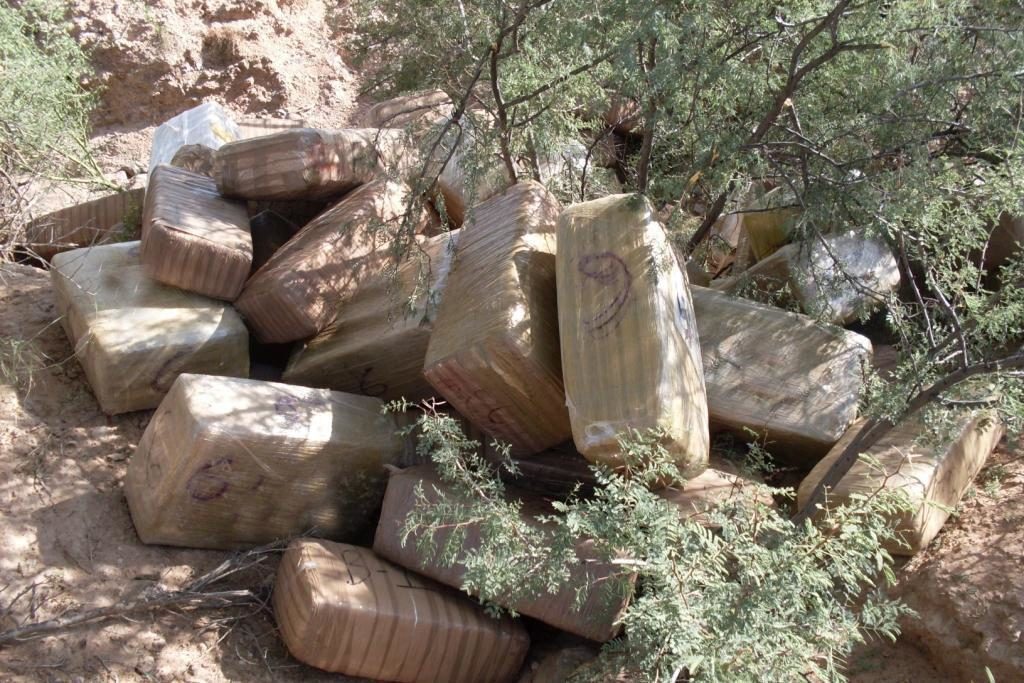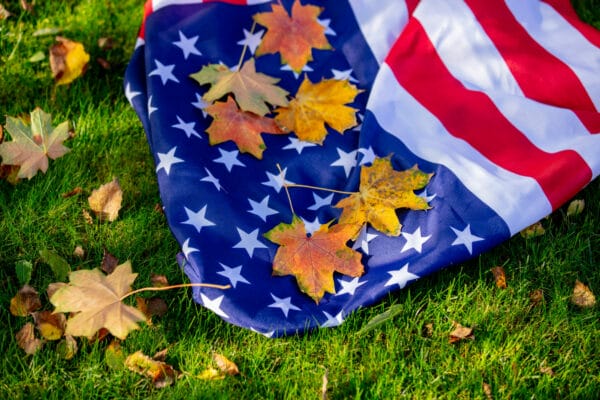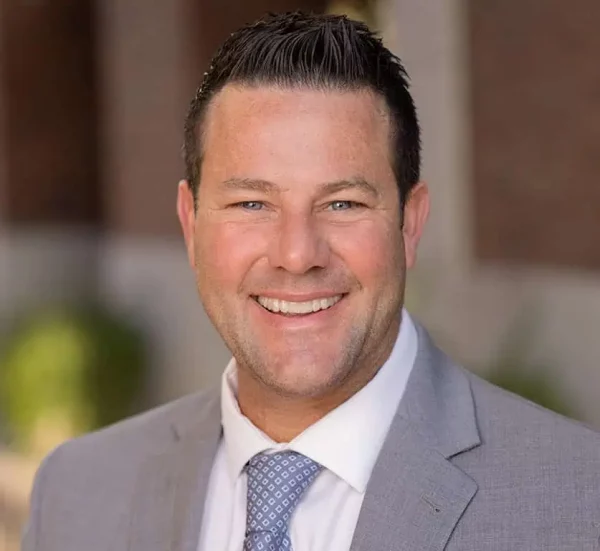
For the first time since medical marijuana was legalized in Arizona in 2010, legal sales are outstripping seizures of marijuana at the border, with about 120,000 pounds sold legally from January to September, Arizona Department of Health Services data show.
By Curt Prendergast and Alex Devoid | Arizona Daily Star
To see how drug smuggling works in Southern Arizona, the Star analyzed 750 federal court cases from 2018 and sorted them into four smuggling corridors.
Most marijuana is smuggled through the desert, where the new wall is going up, which is in line with Customs and Border Protection statistics.
At the same time, smugglers are moving large loads of the more dangerous meth and heroin through ports of entry—where the wall can’t touch them.
The new 30-foot wall near Douglas and Lukeville will cost $1.2 billion in anti-narcotics funds. The Star’s analysis showed the wall will cut through marijuana smuggling routes—even though marijuana is grown and sold legally as medicine on the Arizona side of the border.
The main routes for marijuana smuggling are the desert west of Tucson, where 43 miles of border wall are being built, and the Cochise corridor, where 20 miles of wall are planned.
Smugglers mainly bring cocaine through the ports of entry in Nogales and San Luis. Hard narcotics, far more valuable per pound and less bulky than marijuana, are sent through ports so smugglers can blend in with crowds of legitimate travelers.
The main smuggling routes for meth go through the ports of entry in Nogales, Lukeville and San Luis, and the Interstate 8 checkpoint near Yuma.
Fentanyl busts are spread out across the main ports in Arizona.
Heroin busts are centered in Nogales.
While smugglers — many of them migrants who can’t afford to pay passage fees to cartels — haul 40-pound backpacks of marijuana across the desert …
…marijuana is widely available legally for medical use in Arizona and is legal for recreation in neighboring California.
In fact, for the first time, sales of medical marijuana in Arizona surpassed the amount of marijuana seized at the state’s border with Mexico this year.

The new wall is going up as marijuana seizures at the border already plummeted 87% since 2013 without it. At the same time, the amount of meth seized at the ports has spiked by 300%.
Federal officials are diverting $1.2 billion in anti-narcotics funds to build a border wall across marijuana smuggling routes to Arizona — although marijuana seizures at the border already are plummeting without it.
At the same time, smugglers are moving ever larger loads of the more dangerous and illegal drug methamphetamine through ports of entry where the wall can’t stop them.
And the 30-foot wall is going up even though marijuana is grown and sold legally for medicine on the Arizona side of the wall, and for recreation in California and other states.
For the first time, in fact, sales of medical marijuana in Arizona this year surpassed the amount of marijuana seized at the state’s border with Mexico.
The Department of Homeland Security’s request to divert the anti-narcotics funds to build the wall bore only a vague resemblance to how drug smuggling works in Southern Arizona, an Arizona Daily Star analysis of about 750 federal drug-smuggling cases shows. The Star investigation provides a rare view of drug-smuggling routes and how they are used.











